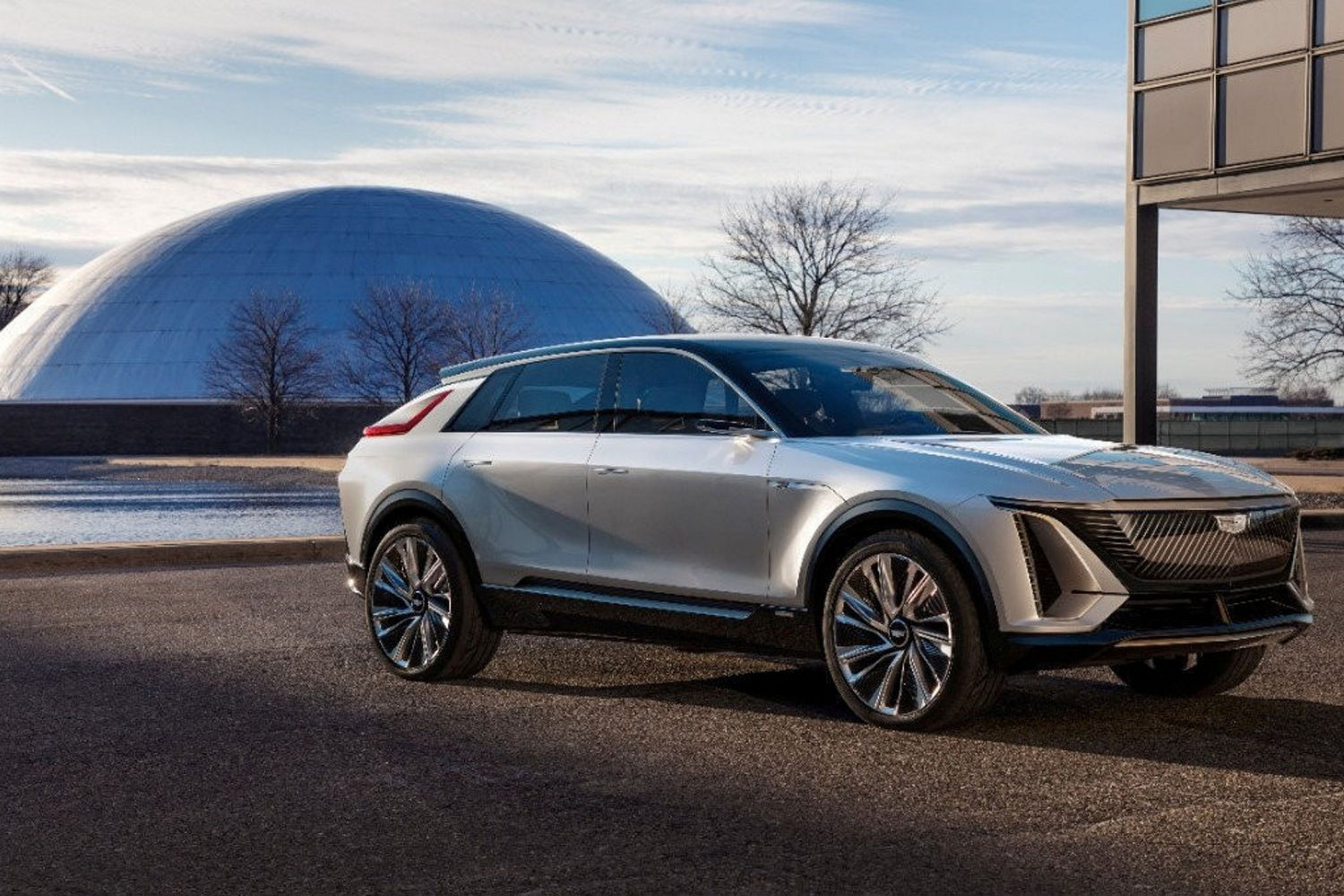(ATF) China’s push towards peak emissions in less than 10 years would allow electric vehicles (EV) to compete equally with standard petrol-powered cars by then, according to the head of a leading Chinese EV battery manufacturer.
“Economies of scale alone, coupled with innovation, will be sufficient to reach the parity line by 2030,” said Peng Zhou, chief executive of Octillion Power Systems, referring to China’s peak emission target year.
China, the world’s biggest producer of climate-warming greenhouse gases, aims to become carbon neutral by 2060.
Zhou’s comments came as US-based General Motors announced it is testing a variety of battery chemistries, technologies and manufacturing processes aimed at slashing costs and reducing dependence on cobalt and other expensive metals.
Tougher emission standards, more competitive EV models and a national commitment to curb greenhouse gas are driving growth, said Zhou, whose firm designs and builds customised modules for automakers and counts Total, SoftBank and Samsung Venture Investment among its shareholders.
However, one of the obstacles is the cost of batteries. “Obviously, battery cost is the main driver,” said Peng.
The competition to fine-tune technology to cut EV battery costs is the battleground for deciding the industry’s winners and losers, analysts say.
AIMING TO DIVERSIFY
Octillion, a lithium-ion supplier based in Hefei, Anhui province, supplied 10% of China’s EV battery market in the second half of 2020.
It shipped 95,191 units in 2020, up from 24,844 a year earlier, and is also aiming to diversify geographically and build on existing business in Brazil, India and North America.
GM president Mark Reuss, speaking at an investor conference, said the company is experimenting with silicon-rich and lithium metal anodes, solid state and high voltage electrolytes, and dry processing of electrodes for its next generation of Ultium batteries, due in 2025.
The Ultium, which will be used in new GM EVs such as the Hummer EV and Cadillac Lyriq, uses graphite-based anodes, nickel-cobalt-manganese-aluminium cathodes and a liquid electrolyte.
Last year, GM and Honda agreed to jointly develop two all-new EVs for the Japanese carmaker, based on the Ultium platform.
GM has said it aims to reduce battery cell cost to well under $100 per kilowatt-hour by 2025, compared with more than $150/kW today. GM executives have also said the company expects its future EV batteries to last for a million miles or more, with driving ranges of 500-600 miles between charges.
The automaker’s $2.3-billion joint venture with Korea’s LG Energy Solution is due to start producing Ultium cells in Lordstown, Ohio, in 2022. GM and LG are expected shortly to announce a second EV battery plant in Tennessee, to further support GM’s production target of 1 million electric vehicles a year by 2025.
With reporting by Reuters
























